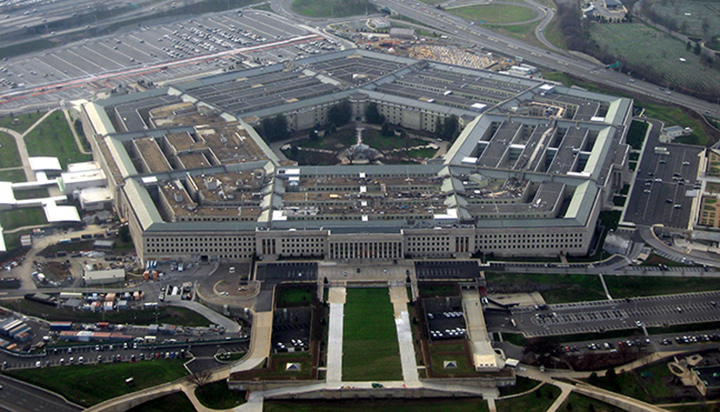“The GNSS Quartet” (January-February 2013, Inside GNSS, aptly named and coauthored by Glen Gibbons, Dee Ann Divis, and Peter Gutierrez) is reminiscent of Dr. Brad Parkinson’s observation about “interchangeability” at his ION GNSS 2011 plenary session. With interoperability taken to its logical level of completion, a position solution should be readily obtainable from four satellites, each belonging to a different constellation.
“The GNSS Quartet” (January-February 2013, Inside GNSS, aptly named and coauthored by Glen Gibbons, Dee Ann Divis, and Peter Gutierrez) is reminiscent of Dr. Brad Parkinson’s observation about “interchangeability” at his ION GNSS 2011 plenary session. With interoperability taken to its logical level of completion, a position solution should be readily obtainable from four satellites, each belonging to a different constellation.
While we’re waiting for the constellations to play completely together (how long a wait, no one can predict), we can at least make full use of information available from all satellites with spectral separation from the others.
By that last caveat I’m referring to my observation during a panel discussion on how to secure civil GNSS at ION GNSS 2011. The other speakers in that panel described important steps to be taken toward spectral separation. We must have that before we can do much else. My part of the panel discussion addressed what could be done from there.
We can do a lot.
One important thing we can do, even before the anxiously awaited commonality of standards: TAKE ADVANTAGE of the fact that one-second changes in carrier phase are MUCH easier to combine than the phases themselves, as I have described in a YouTube presentation: GPS Carrier Phase Videoblog.
You can use one-second carrier phase changes from ALL constellations — any frequency from any SV from any GNSS system can be EASILY added to the computation. Coverage from all systems is sure to keep the velocity history continuously maintained.
In fact, if you also use FFT-based processing as described here you’ll be able to utilize fragments of intermittent data as well.
To maintain position you need only an OCCASIONAL fix from ONE individual constellation (it doesn’t matter which one) to update by resetting the integration —just once in a while is enough.
Combining for velocity is EASY and, although position requires the full fix from one constellation, that isn’t needed often.
This offers a low-cost way to obtain much interchangeability benefit from constellations that aren’t yet interchangeable. “Doing-the-math” to see the benefit doesn’t require “math” — only grammar-school arithmetic! Like this: 1-cm/sec * (100 seconds) = 1 meter.
Even if you had to wait 100 seconds between position updates (i.e., for geometries providing adequate position fix coverage), you could maintain impressive accuracy, continuously, with one-second sequential changes in carrier phase. So, without agreement between standards used for different constellations, you could continue to operate successfully despite scarcity of acceptable fix geometry from any separate individual constellation.
On the last day of that GNSS 2011 conference I had a fortuitous coincidental discussion with Brad Parkinson, where I told him about my flight test results using that method. Not surprisingly, he understood it right away, instantly recognizing its usefulness for dead reckoning. I later expressed it in an online posting.
Recently I’ve become aware that this opportunity (FINALLY) is coming into usage (although many who use it are playing their cards close to the vest). One group not hiding that usage (also not surprisingly) involves the Ohio University approach to collision avoidance. The GNSS-12 paper presented by Phil Duan exploits this advantage for anticipation 100 seconds ahead (e.g., for 100 seconds before time to closest approach for collision avoidance). Combination with usage of speed change (rather than altitude change) as described in another online video offers capability far beyond existing future plans for automatic dependent surveillance–broadcast (ADS-B).
It is my firm conviction that the need for dramatic reductions in aircraft miss-distance will necessitate adoption of this departure from today’s habits.
None of this is intended to imply a reduced need for commonality of GNSS standards. This author has been on written record advocating standardization, in multiple forums (involving not only satnav but all navigation and tracking data sources) for decades.
The immediate issue is, here-and-now, as we are forced to wait for interoperability or interchangeability to emerge, we AREN’T forced to accept unsatisfactory performance.
James L. Farrell
Severna Park, Maryland





